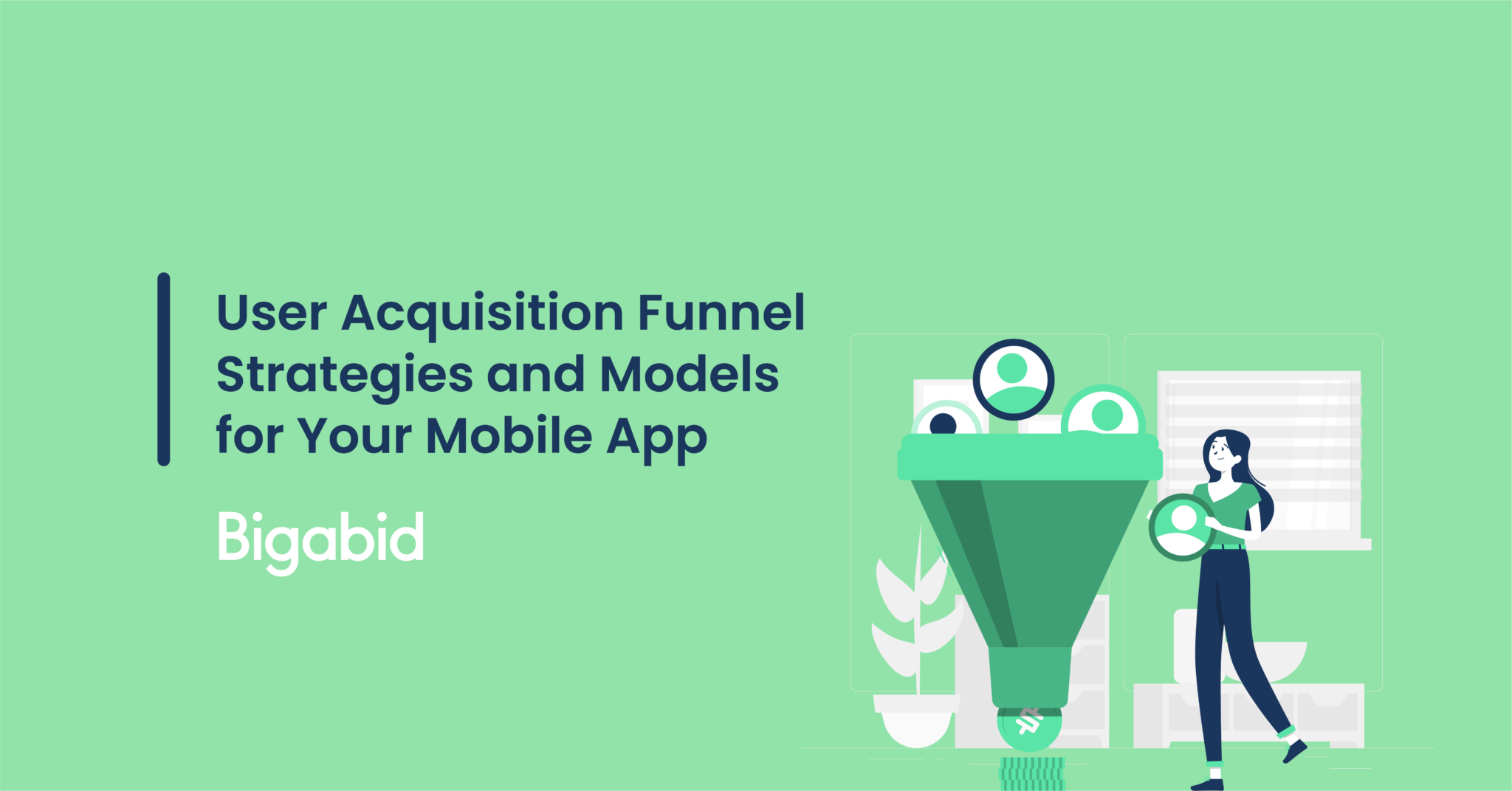
To understand how successful mobile apps attract users, they utilize a strategy called the user acquisition funnel. This approach guides the user’s journey from app awareness to becoming an advocate. User acquisition involves identifying, attracting, and converting new users for a product or service like a mobile app. Its goal is to engage users, prompting targeted actions to grow and enhance the user base.
A user acquisition model is a framework of strategic tools deployed to delineate and monitor the different phases a potential user experiences by gaining knowledge of a product to its eventual embracement. This model aids companies in comprehending how users relate to their brand during the transition from curiosity to conversion.
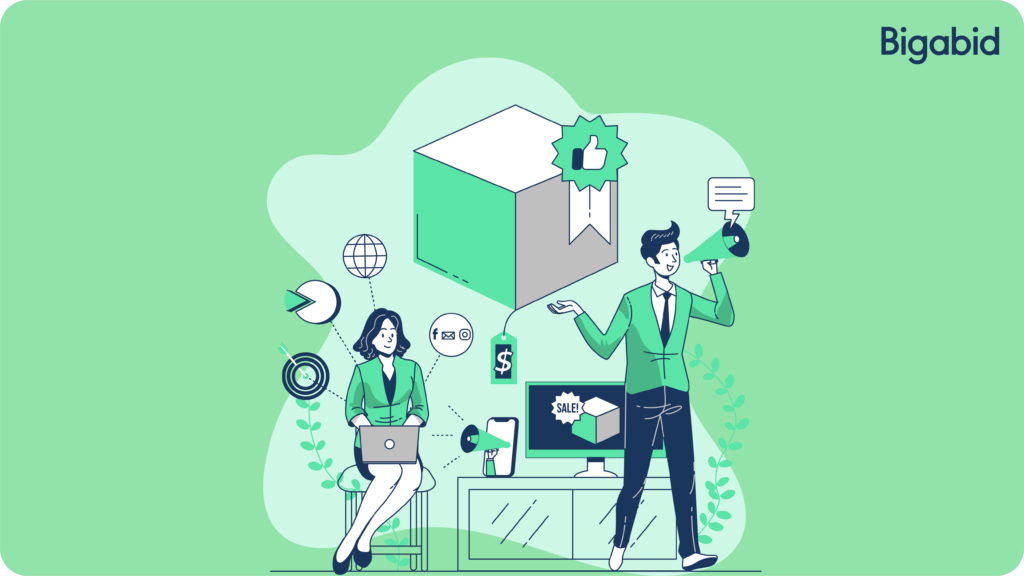
Want to grow your app’s user community? You’ll want to employ a user acquisition funnel—a strategic setup designed to captivate and convert newcomers to your app. It all starts with raising awareness about your app, nurturing potential users’ interest, stirring their consideration, and finally prompting them to act and install your app.
The user acquisition funnel articulates the progression that potential buyers traverse from the moment they become aware of your product or service to the ultimate goal of making a purchase. This pathway is generally segmented into four critical stages.
Here, prospects first encounter your brand. Whether through promotional activities, social platforms, content involvement, or media relations, the primary objective is to spark curiosity and draw people in to learn more about what you’re offering.
At this stage, those who have a notion about your brand begin to engage more deeply. Prospects may start to explore your site, read blog articles, view videos, or interact with content on social media. Here, the aim is to hold their attention and persuade them that your product or service deserves serious contemplation.
Once the interest is piqued, prospects assess their available choices and compare among various brands. They could be looking up competitor data, assessing reviews, or contrasting features and pricing points. At this stage, your goal is to strategically place your offering and address any questions or doubts they may harbor.
Arriving at this final tier, would-be buyers make the pivotal decision on whether to proceed with a purchase of your product or service. The impetus here is to streamline their purchasing decision and ensure the transaction experience is seamless and satisfying.
By getting a handle on these four stages, you can craft focused marketing initiatives that align with the specific needs and preferences of potential customers at every phase. This strategic approach can refine your marketing endeavors and bolster your conversions from leads to loyal customers.
The funnel doesn’t always represent a one-way process. Customers might revisit previous stages as their personal requirements and situations change.
The time span of each phase might fluctuate based on what you’re offering and who you’re targeting.
Monitoring and evaluating the effectiveness of each stage is vital to discern what strategies succeed and which need adjustments.
Discover more about user acquisition strategies in Top 9 User Acquisition Strategies to Grow Your App Today
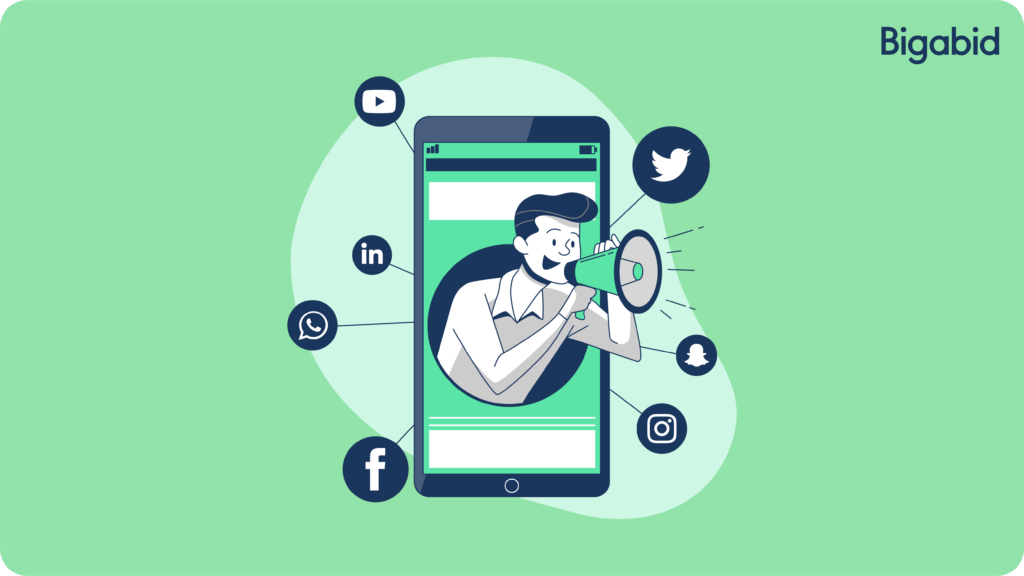
Here are several strategies to guide your team in optimizing your funnels:
Ensuring that your app is prominently visible is the initial step toward acquiring customers. It might sound straightforward, but correct app store optimization with descriptive, keyword-centric blurbs and visual highlights of app features is essential.
With visible positioning established, deploy focused marketing efforts toward prospective users. Utilize social platforms, partnerships, paid ads, and other pertinent channels to reach the demographic you’re aiming for.
Craft a compelling landing page to rope in leads and spur user downloads. It should contain a persuasive call to action that facilitates the download process.
Incentives play a critical role in customer journeys. They’re powerful motivators for encouraging app installations. Consider offering promotions, free trials, or additional benefits to prompt user actions.
Post-download, it’s imperative to provide stellar customer service. Maintaining customer satisfaction through proficient support ensures continued use and enjoyment of your app.
Crafting a customer acquisition funnel might appear daunting, but it is crucial for amassing a wider user audience for your app. Implement these suggestions faithfully, and watch your customer community thrive.
Constructing a systematic blueprint for attracting new users is a vital component of broadening your app’s demographic. Employ these proven acquisition tactics to initiate your endeavor effectively.
We’ll now examine the distinct segments that constitute the user acquisition funnel.
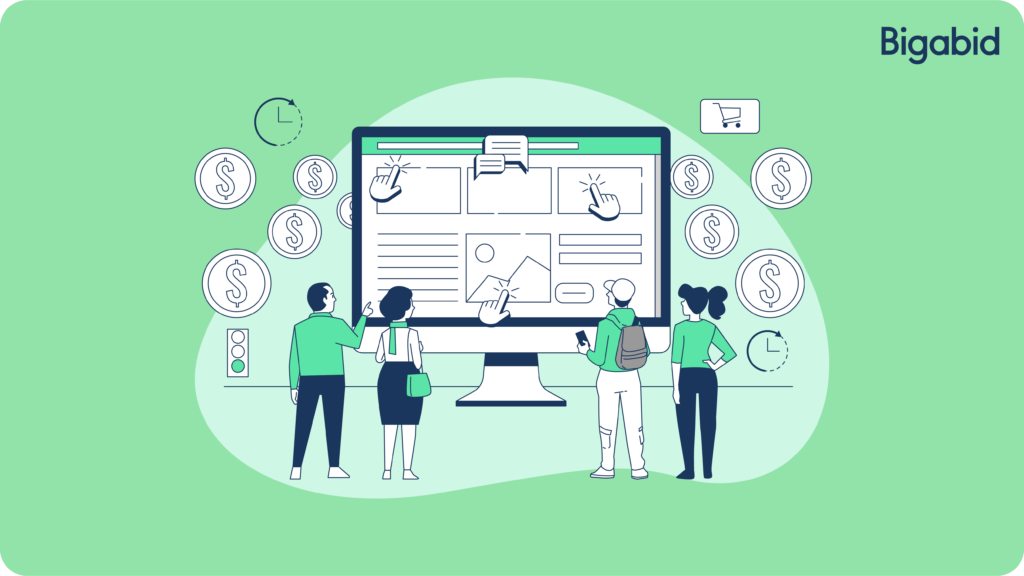
The process of appealing to and converting potential users involves distinct phases which include raising awareness, piquing interest, nurturing the decision-making process, and engaging in activities after the purchase.
A breakdown of the user acquisition funnel looks like this:
At the Beginning (Awareness and Interest): This initial phase is centered on cultivating brand recognition and initiating curiosity about your offering. This can be achieved using multiple marketing methodologies such as promotional campaigns, search engine optimization, leveraging social media platforms, and distributing informative content.
In the Middle (Evaluation and Decision-Making): This segment revolves around assessing prospective customer’s issues and helping them decide by providing a solution that fits the market. Crucial factors at this stage include grasping customer objectives, identifying their challenges and budgetary limitations, pinpointing target demographics, and selecting optimal marketing avenues.
At the End (Purchase or Conversion): This crucial conversion stage is aimed at turning prospects into paying clients using compelling unique selling propositions, strategic positioning of the product, and techniques to optimize for conversion.
Engagement Post-Purchase: A spectrum of activities post-purchase is vital to retain customers. These may encompass confirming orders, sending follow-up communications, and focusing on customer satisfaction. Offering an exceptional post-purchase experience enhances customer contentment and encourages repeat business.
Refining and understanding the entire user acquisition funnel, inclusive of the post-purchase phase, is indispensable for any company aiming for efficient customer acquisition and retention. By scrutinizing the metrics associated with the funnel and customer behavior at every tier, organizations can elevate their commercial and marketing strategies and foster prolonged patronage.
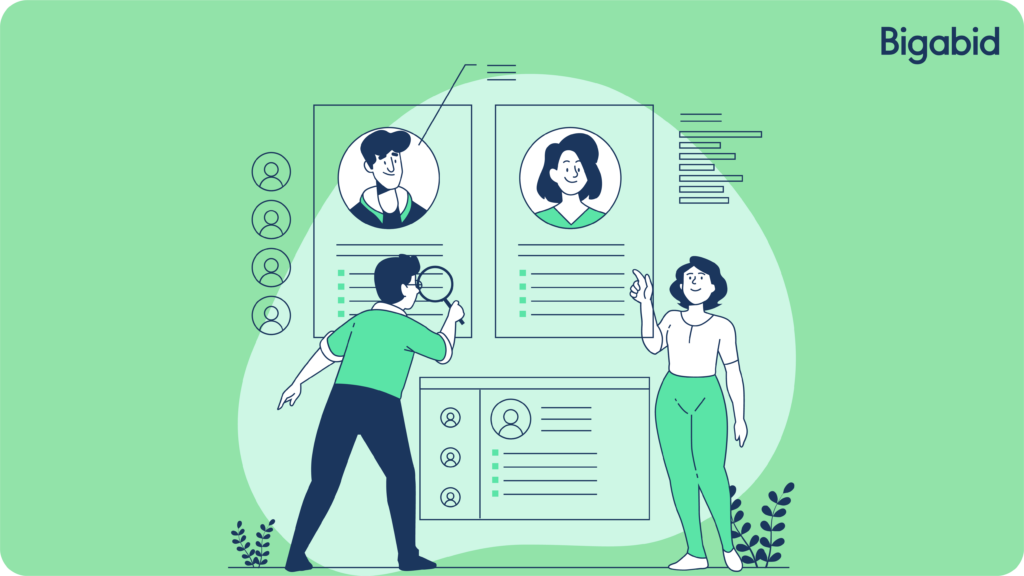
The increasingly competitive domain of digital entrepreneurship underscores the necessity for an impactful strategy to attract customers.
There are multiple components to consider when formulating acquisition plans. Here are five pivotal elements indubitably required for triumph:
Insight into Your Ideal Customer: A murky perception of your intended audience can hinder the success of your acquisition efforts. It’s imperative to discern who your perfect customer is and what they seek. With a firm grasp of your target market, you can tailor a strategy that resonates with them.
Compelling Value Proposition: Your proposition is the key factor that persuades customers to choose you over competitors. It should be compelling, clear, and convey the unique benefits you offer. Articulating a value proposition that captivates your desired clientele is critical.
Streamlined User Acquisition Funnel: The funnel represents the customer’s voyage from initial discovery to final purchase. A structured funnel allows you to monitor progress and adapt as needed.
Incisive Call to Action: The call to action (CTA) motivates your potential customers toward the next phase in the funnel. An effective CTA should be precise and encourage customers to engage.
Detailed Testing and Feedback System: Evaluating the efficacy of your strategy is crucial. Having a system to assess performance enables you to identify what’s effective and make timely adjustments to your strategy.
These elements are just the beginning of crafting a customer acquisition approach that stands out in the digital age. Establish a vigorous strategy to stay ahead.
Establish clear goals like increasing sign-ups or sales and delineate specific events as part of your funnel stages. Determine the sequence of these stages and the expected timeframe for their completion.
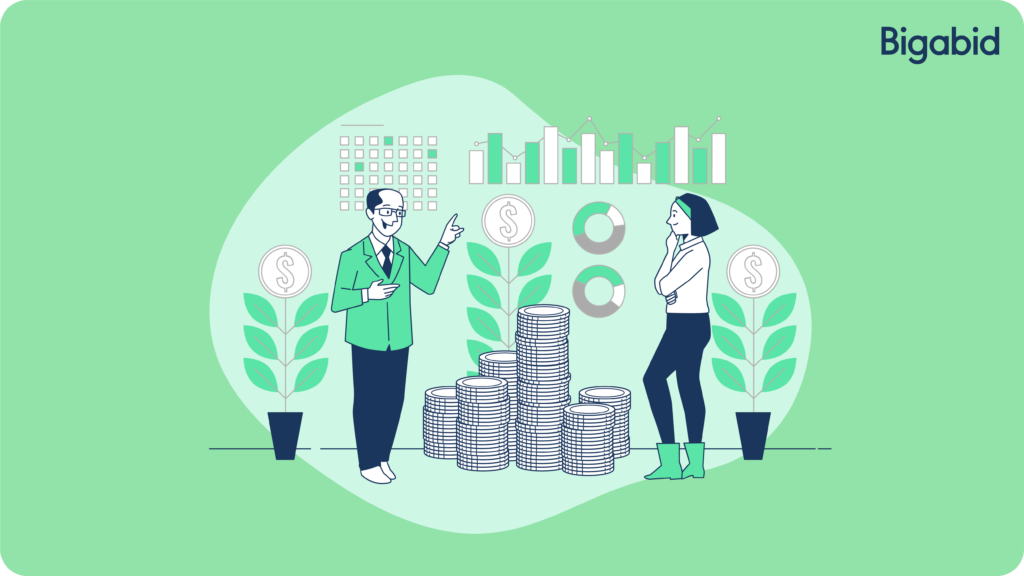
Utilizing a user acquisition funnel can significantly enhance your understanding of the user’s journey from initial contact through to conversion as a committed patron on your app or platform. By recognizing and customizing your approach for each phase—awareness, interest, decision, and action—you can fine-tune your user acquisition tactics, fostering robust and ongoing expansion.
Bigabid constantly monitors and optimizes our strategy, which is essential to ensure long-term success. With a well-defined value proposition, streamlined funnel, compelling CTA, and detailed testing and feedback system in place, we confidently attract and retain the right users for your app.
Check out Bigabid’s incredibly successful user acquisition campaign with Huuuge here!
To start implementing these elements into your user acquisition process today get in touch!